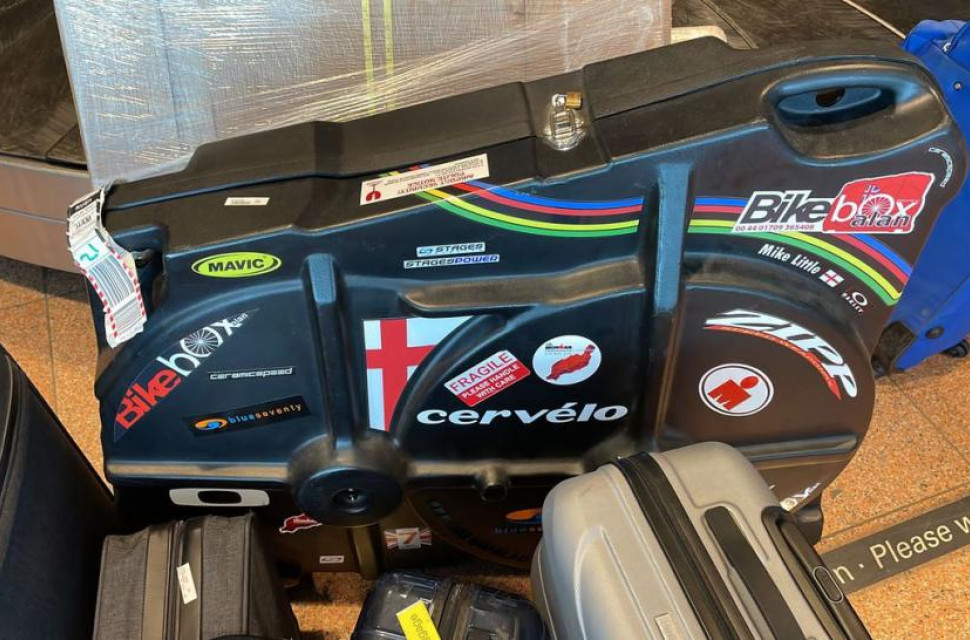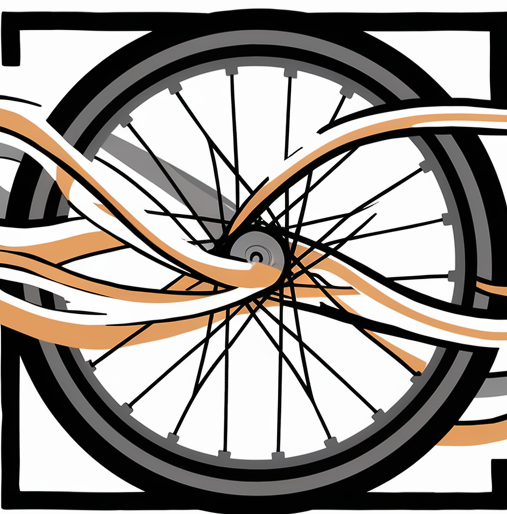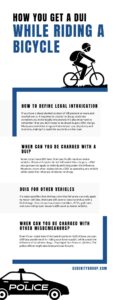Yes, you can check a bicycle on a plane. Airlines have different rules, so always check ahead.
Knowing these rules can save you time and hassle. Traveling with a bicycle can be an adventure. Whether you’re planning a cycling tour or just want your bike at your destination, flying with it is possible. But how do you do it right?
Each airline has its own policies, fees, and packing requirements. Understanding these can make your journey smoother. In this blog, we’ll explore what you need to know about checking your bike on a plane. From packing tips to airline guidelines, we’ll cover all the essentials to help you travel stress-free with your bike.
Airline Policies For Bikes
Traveling with a bicycle can be thrilling, yet it requires planning. Airlines have specific policies for transporting bikes. Each airline may have different rules and costs. It’s essential to know these before booking your flight. This ensures a smooth journey with your bicycle.
Major Airlines Rules
Different airlines have distinct rules for transporting bicycles. Some require advanced notice. Others need the bike to be packed in a specific way. Airlines like Delta and United allow bikes as checked baggage. Southwest permits bikes but needs them boxed. Always check the specific requirements of your airline.
Special Bike Fees
Airlines often charge special fees for bicycles. These fees vary widely. For instance, American Airlines charges $150 per bike. JetBlue may charge $100 depending on the route. Knowing these fees helps in budgeting for your trip. Always include this in your travel plans.

Credit: mpora.com
Packing Your Bicycle
Checking a bicycle on a plane is possible. Airlines have specific rules for packing your bike safely. Use a sturdy bike box or case for protection during travel.
Packing your bicycle for air travel can seem challenging. But with the right steps, it becomes manageable. Proper packing ensures your bike reaches safely. It also prevents damage during transit. Let’s explore some key tips and materials.Disassembly Tips
Start by removing pedals. This reduces the width. Turn handlebars to align with the frame. It helps in fitting the bike in a box. Remove both wheels for compact packing. Secure small parts in a bag. This keeps everything organized. Use a wrench or bike toolset for easy disassembly. Remember to deflate the tires slightly. Airlines often require this step.Best Packing Materials
A sturdy bike box is essential. Many bike shops offer them. Bubble wrap protects delicate parts. Use foam tubing for the frame. It absorbs shocks during travel. Zip ties keep parts in place. Reinforce the box with packing tape. This adds extra security. Avoid using old or damaged boxes. They might not withstand rough handling. A little preparation goes a long way in safeguarding your bike.Booking Your Flight With A Bike
Planning to take your bicycle on a plane? It can be an exciting endeavor, but it requires careful preparation. Booking your flight with a bike involves some unique considerations. Airlines have varying policies, and ensuring your bike travels safely requires more than just showing up at the airport. This section will guide you through choosing the right flight and provide reservation tips to make your journey smooth and hassle-free.
Choosing The Right Flight
Not all airlines treat bicycles the same. Some might allow them as checked luggage, while others may require them to be shipped as cargo. Before booking, research airline policies regarding bicycles. Airlines like Delta and British Airways have specific guidelines, often detailed on their websites.
Consider flights with fewer layovers. Handling your bike multiple times increases the risk of damage. Direct flights minimize this risk and simplify logistics. Also, check if the airline offers special handling services for sports equipment. These services can provide extra protection for your bike.
Reservation Tips
When booking your flight, inform the airline about your bicycle. Mention it during reservation to avoid surprises at the airport. Some airlines require advance notice to accommodate a bike, so it’s crucial to communicate early.
Be prepared for additional fees. Airlines often charge for oversized luggage, and bikes usually fall into this category. Check the airline’s fee structure to budget accordingly. Knowing these fees in advance helps you plan your travel expenses.
Consider packaging your bike in a travel-friendly case. Airlines may have specific requirements for bike packaging. A sturdy, well-packed case can protect your bike and adhere to airline guidelines. Have you ever arrived at a destination only to find your belongings damaged? Proper packing can prevent this with your bike.
Ultimately, successful bike travel starts with informed decisions. Have you thought about how your travel choices might impact your biking adventure? Choose wisely, communicate clearly, and pack securely to ensure your bike arrives safely at your destination.

Credit: off.road.cc
Airport Navigation With A Bicycle
Traveling with a bicycle brings excitement and challenges. Navigating airports with a bike requires some preparation. Whether you’re an avid cyclist or just transporting your bike, understanding the process helps. Let’s explore how to smoothly navigate airport procedures with your bicycle.
Check-in Procedures
Arriving at the airport, head to the airline’s check-in counter. Inform the staff about your bicycle. Airlines have specific protocols for bikes. Some require advance notice. Ensure your bike is packed according to airline guidelines. Use a bike bag or box for protection. This prevents damage during transit. Weigh your bike to avoid extra fees. Pay any required charges at the counter.
Security Check Guidelines
Proceed to security checks with your bike box. Security personnel might inspect the bike. Be ready to open the box if asked. Keep your boarding pass and ID handy. Security may ask questions about the contents. Follow their instructions for a smooth process. Ensure any tools or accessories comply with security regulations. This avoids delays and ensures a hassle-free experience.
Arrival And Pickup
Traveling with a bicycle requires preparation, especially at your destination. After a long flight, you want a smooth arrival and pickup process. Knowing what to expect helps reduce stress. Here, we guide you through the key steps.
Baggage Claim Process
Upon landing, head to the baggage claim area. Look for signs directing you to oversized luggage pickup. Your bicycle will likely be in this section. Staff may assist with directions if needed. Keep your baggage claim ticket ready for identification.
Inspecting Your Bicycle
Once you have your bicycle, inspect it carefully. Check for any visible damage. Look at the frame, wheels, and handlebars. Verify that nothing is missing. In case of damage, report it to the airline staff immediately. They will guide you on the next steps.

Credit: m.youtube.com
Common Challenges
Flying with a bicycle can be a daunting task. Many travelers face hurdles. Airlines have varying rules for checking bicycles. Understanding these can prevent issues. Yet, challenges remain. From damages to losses, the journey can be tricky.
Handling Damages
Bicycles often get damaged during transit. Handling by airport staff is rough. Fragile parts can break easily. Packing the bike securely is crucial. Use a sturdy box or case. Protective padding helps reduce impact. Remove pedals and lower the seat. These steps reduce the risk of damage.
Lost Bicycle Solutions
Sometimes, bicycles get lost in transit. This is stressful for travelers. Always label your bike box clearly. Include your contact information. Take pictures of your bike before flying. This helps in claims if lost. Report the loss immediately at the airport. Airlines usually have procedures to find lost items. Stay calm and follow up regularly.
Cost Considerations
Transporting a bicycle on a plane can be a unique challenge. Travelers must consider various factors, with cost being a major one. Understanding the potential expenses can help in planning and budgeting effectively. Here, we explore the financial aspects involved in checking a bicycle on a plane.
Budgeting For Extra Fees
Airlines often charge additional fees for oversized luggage. Bicycles usually fall into this category. These fees can vary based on the airline’s policies. Some airlines may charge a flat fee, while others calculate charges based on weight and dimensions.
Before booking, check the airline’s baggage policy. This helps estimate the extra fees. Knowing this information in advance can prevent last-minute surprises. It also allows you to compare costs across different airlines.
Cost-saving Strategies
There are several ways to save money when flying with a bicycle. Packing the bike correctly is crucial. Disassemble it to fit into a smaller, standard-sized box. This may reduce or even eliminate oversized baggage fees.
Another strategy is choosing a bike-friendly airline. Some airlines offer special rates or include bicycles in the regular baggage allowance. Checking for promotions or discounts can also help reduce costs. Booking tickets during off-peak seasons might lower overall travel expenses.
Lastly, consider shipping the bicycle separately. This can sometimes be cheaper than flying with it. Compare shipping rates and airline fees to find the best option.
Travel Tips For Cyclists
Flying with a bike? Airlines allow bicycles as checked luggage. Pack it well to avoid damage. Confirm airline policies beforehand to ensure smooth travel.
Traveling with your bicycle can be an exciting adventure. Whether you’re planning to explore new terrains or participate in a cycling event, taking your bike along adds a whole new dimension to your trip. But before you set off, it’s important to prepare well. Here are some travel tips for cyclists to ensure a smooth journey.Destination Research
Understanding your destination is crucial. Research the terrain and weather conditions to determine the best routes for cycling. Are there scenic trails or popular cycling paths you should try? Consider the local culture and how cyclists are perceived. In some places, cycling is a common mode of transport, while in others, it may be less familiar. This awareness can help you blend in and enjoy your ride without any hiccups.Local Cycling Regulations
Every country has its own set of rules for cyclists. Some places might require you to wear a helmet, while others could have specific bike lane regulations. It’s essential to know these rules to avoid fines or other inconveniences. Check if there are any restrictions on where you can cycle. Some cities have areas where bikes aren’t allowed, while others might offer bike-friendly zones. Have you ever faced a surprise regulation while cycling abroad? It’s best to be prepared. Equip yourself with this knowledge to keep your journey hassle-free.Frequently Asked Questions
Can A Bicycle Be Checked On A Plane?
Yes, you can check a bicycle on a plane. Airlines often allow bicycles as checked baggage. Ensure it is properly packed and meets the airline’s size and weight restrictions. Always check with your airline for specific bicycle transport policies and any applicable fees.
Do Airlines Have Bike Boxes?
Yes, many airlines provide bike boxes for transporting bicycles. Availability and fees vary, so check with your airline. It’s advisable to reserve a bike box in advance to ensure availability. Ensure your bike is properly packed to avoid damage during transit.
What Airlines Don’t Charge For Bikes?
Airlines like Southwest Airlines and Alaska Airlines don’t charge for bikes as long as they meet size and weight requirements.
Can You Bring A Bike As Luggage?
Yes, you can bring a bike as luggage. Ensure it’s packed properly and check the airline’s specific bike transport policies.
Conclusion
Traveling with a bicycle on a plane is possible. Check airline policies first. Ensure your bike is properly packed. Use a sturdy bike box or bag. Disassemble parts if needed. Arrive early at the airport for smooth check-in. Consider additional fees.
Happy travels with your bike!


